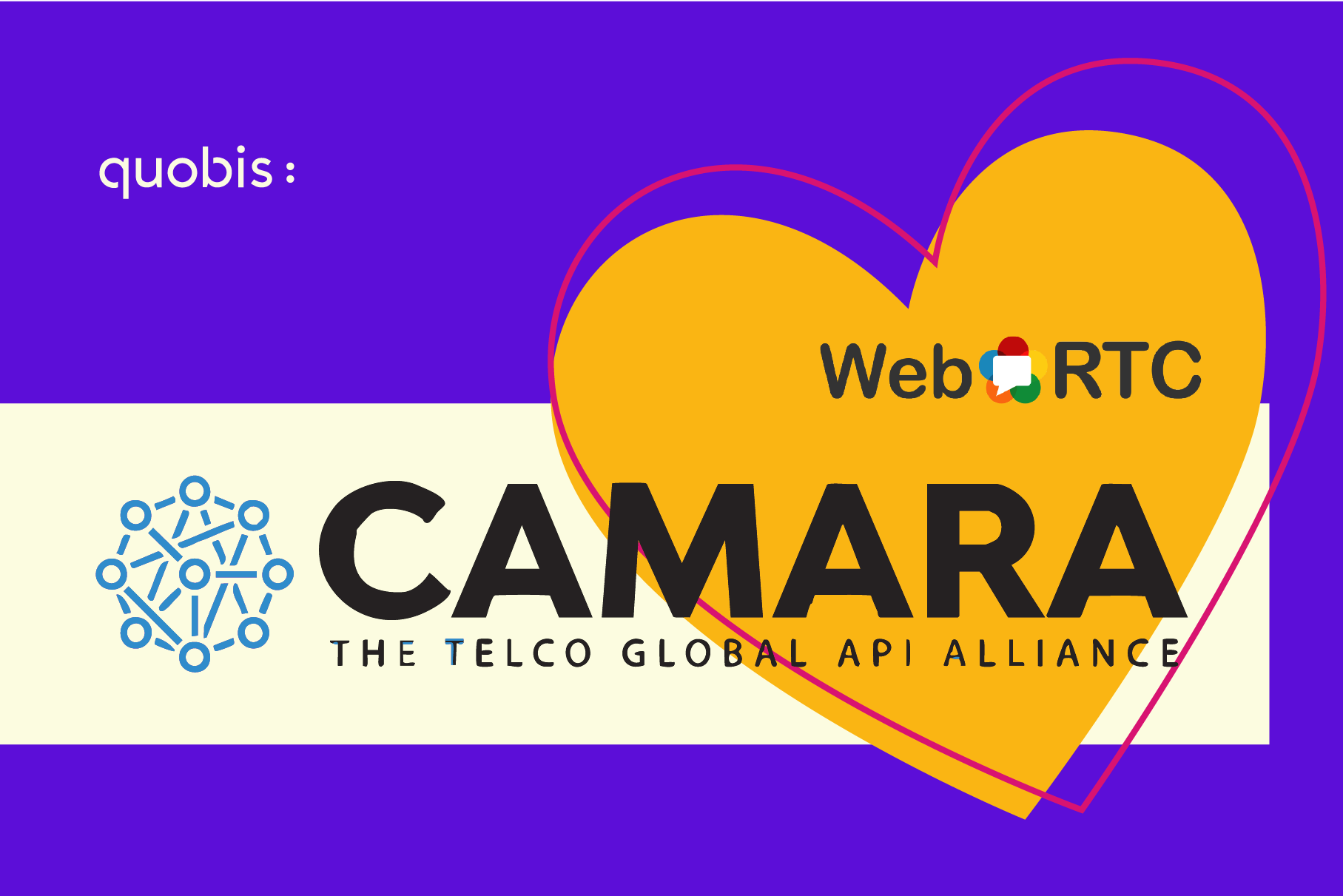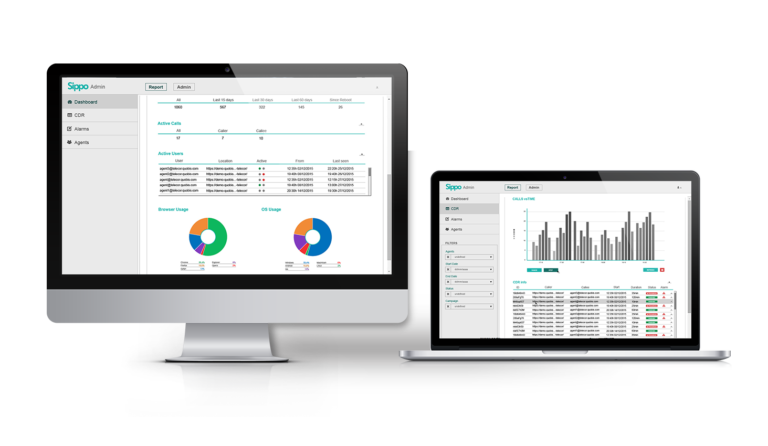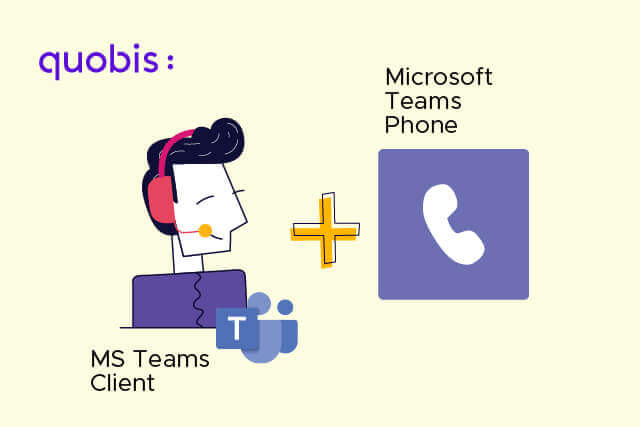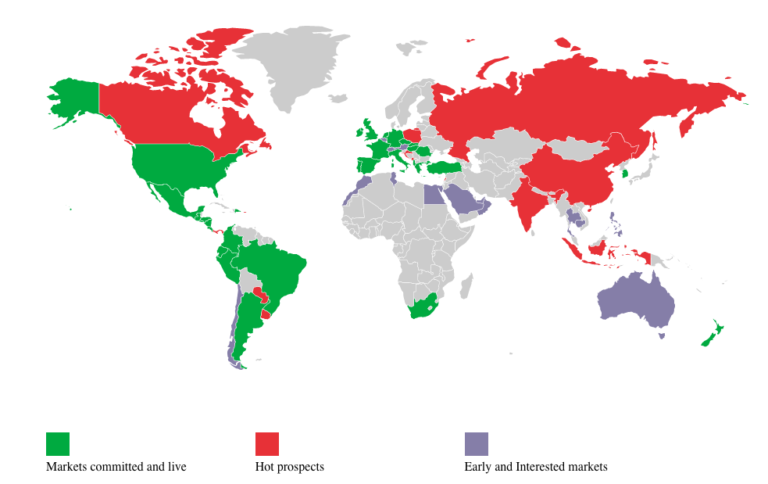Quobis participates in the definition of the WebRTC APIs for the CAMARA project
Quobis participated in the Spring meta-release (v0.1.0/v0.2.0 (18.03.2025), Spring25 meta-release) of the CAMARA project, contributing to the advancement of WebRTC technology in the Telecom API ecosystem.
What is the CAMARA project?
CAMARA is an open source project of the Linux Foundation, in close collaboration with the GSMA, for the definition, development, and testing of APIs that expose different capabilities of 4G/5G networks, paving the way for the transformation of operator networks into service-enabling platforms.
Simplifying the complexity of telecommunications (through easy-to-consume APIs) by facilitating the integration of network applications is key to accelerating the emergence of new use cases that leverage the full potential of next-generation networks.
With CAMARA, developers will have access to the network capabilities of many of the world’s largest operators. Among other things, CAMARA has already defined APIs for authentication and fraud prevention, localization, quality, billing, and more.
WebRTC APIs in CAMARA
Quobis is a pioneer in the application of WebRTC technology in enterprise environments and operator services, so our contribution in the communications service API category is a natural consequence of our role in the development of this technology and our extensive experience in the operator world.
Together with companies such as Telefónica, Mavenir, Deutsche Telekom, Vodafone, and Orange, this first release of CAMARA’s WebRTC APIs lays the groundwork for the integration of all types of devices, even those without a SIM card, with multimedia capabilities (voice, video, messaging, etc.) into the telecommunications service provider’s network.
Thanks to these APIs, it is possible to communicate WebRTC and SIP devices seamlessly, enabling, for example, use cases such as making phone calls to any phone number from a network-connected TV; facilitating interoperability between different mainstream digital instant messaging or collaboration platforms and operator services; or simplifying the registration of different IoT devices on a private network, without the need to provide them with a SIM card.
I invite you to explore other use cases on the CAMARA project website; the possibilities are beyond inspiring.
There are three CAMARA WebRTC APIs:
- WebRTC Registration API: This API manages the registration and connectivity of clients to the operator’s IMS (telephony) network. It ensures that devices are properly identified and authenticated before accessing network services, which is essential for initiating or receiving audio and video sessions.
- WebRTC Call Handling API: This API enables clients to manage live audio and video sessions over the operator’s telephony network. It allows users to initiate, retrieve, update, and terminate sessions, facilitating functions such as placing calls, upgrading to video, and modifying session parameters.
- WebRTC Event Subscription API: This API enables customers to receive asynchronous cloud events related to active sessions or new session requests, such as incoming calls or negotiation invitations. It supports event subscriptions for session updates and new session invitations, enabling applications to effectively handle real-time notifications within cloud networking technologies such as orchestrated container solutions.
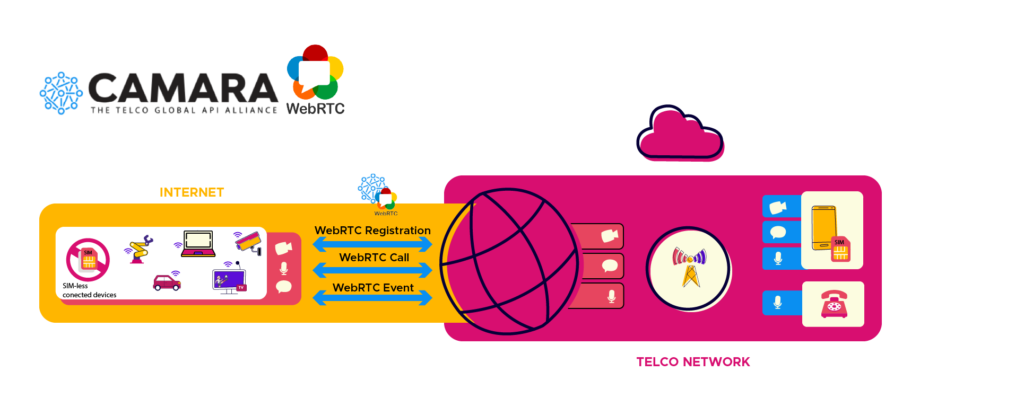
These APIs will leverage unified communications applications to deal with the public network, and they create a standardization milestone around the SDP (Session Description Protocol) exchange on WebRTC scenarios.

